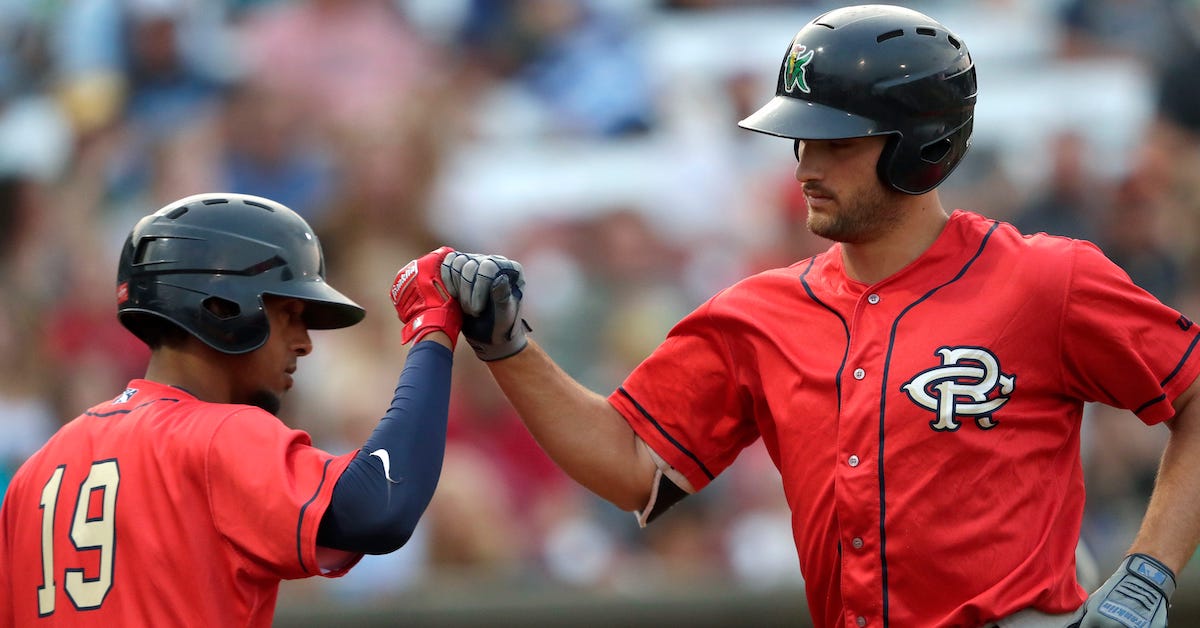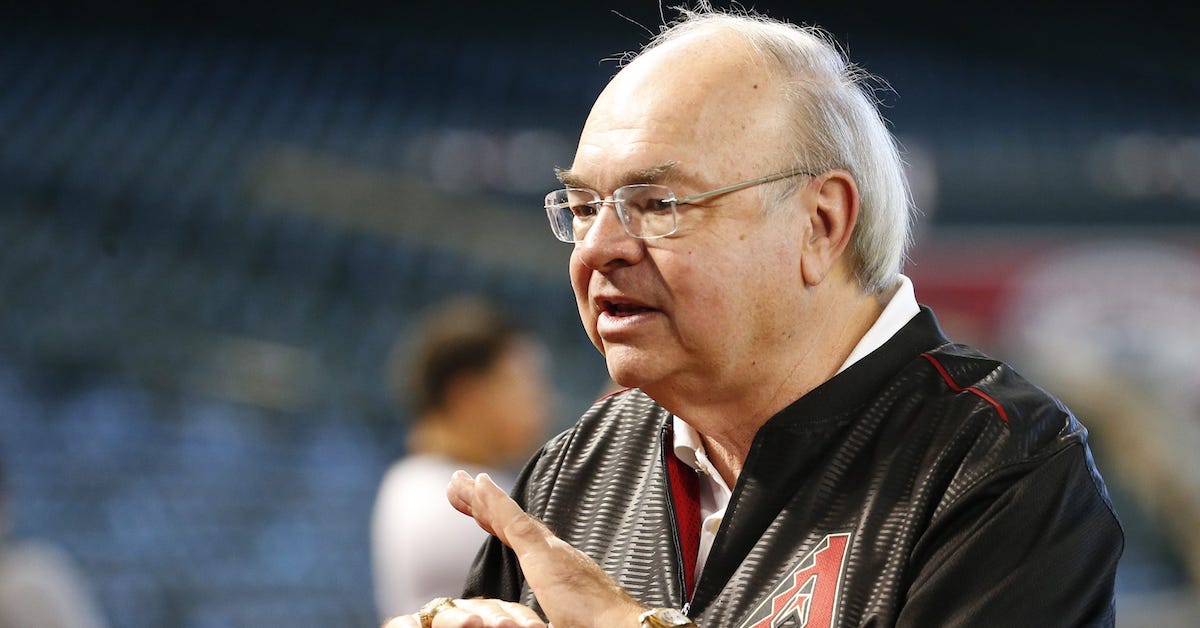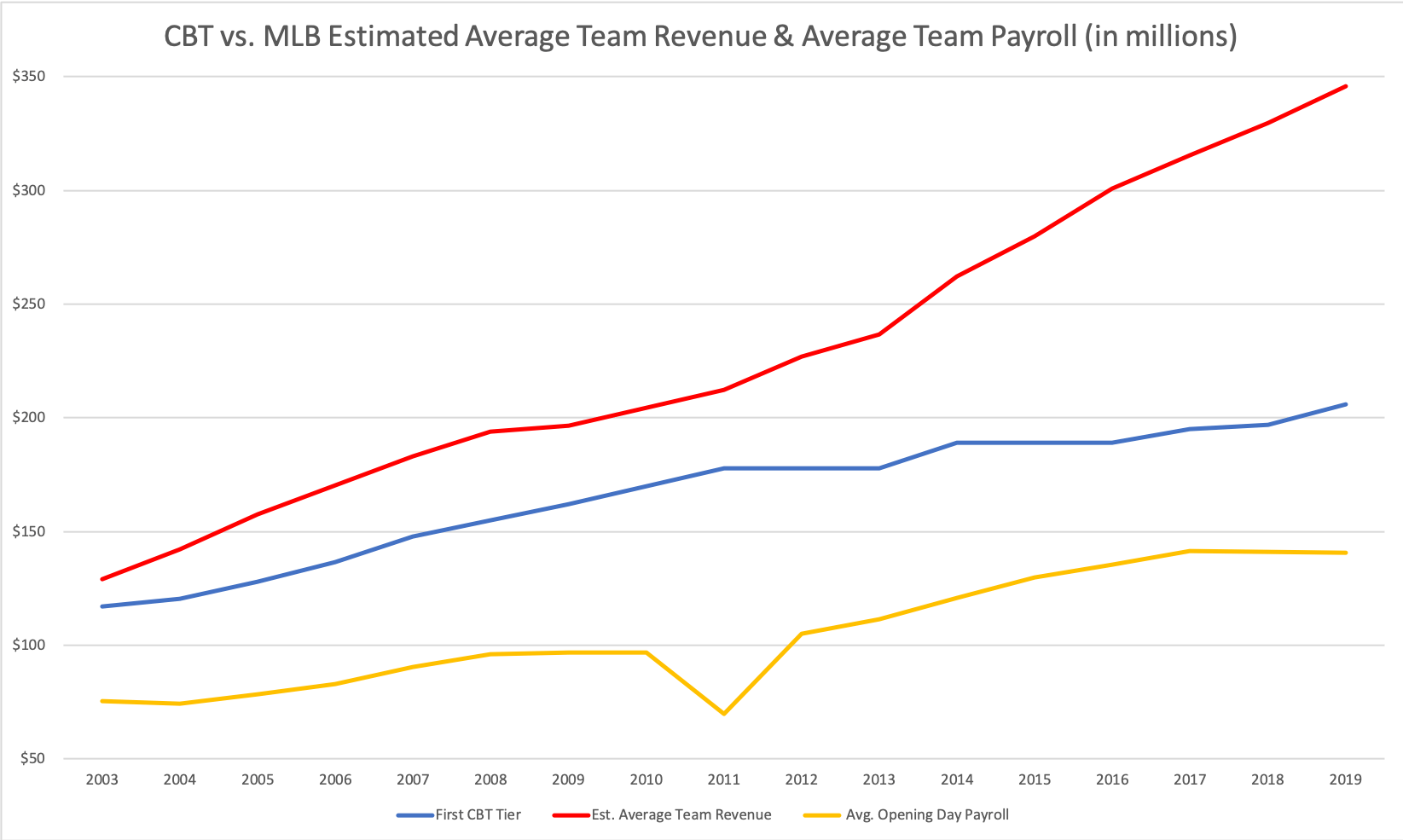Where Is Alec Bohm’s Power?

There’s a lot of power in Alec Bohm’s swing. He’s capable of getting completely twisted up, arms fully bent, on a pitch he has no business swinging at, and yet he can still get the barrel on the ball with enough power to blast it off the centerfield wall. Here, see for yourself:
It takes quick hands and great bat-to-ball skills to square up 93 mph that far in on your hands. It should be no surprise that the man behind that swing produced an 89th-percentile average exit velocity and 90th-percentile hard-hit rate in 2021. Yet good results rarely followed suit for Bohm, as the highly anticipated follow-up to his 138 wRC+ in his rookie campaign landed with a dud. The 6’5” third baseman proved unable to tap into his power, with only seven homers and a lowly .095 ISO — 15th percentile in the majors, well off the league average of .165 (though even during his stellar rookie season, he only got up to .145). His elite hard-hit rate wasn’t enough to keep his offense from cratering; he finished with a 75 wRC+ and was even demoted late in the season.
Bohm clearly has power potential, but after just 11 homers in his first 597 plate appearances, why hasn’t it surfaced? At first glance, it looks like a simple diagnosis: he hits the ball on the ground too often, and his ability to hit the ball hard is being diminished by a poor launch angle. That is certainly a good place to start given his 52.7% groundball rate last season, which ranked in the eighth percentile league-wide. Thriving with a groundball rate that high is not unheard of, but in order to do so, you really have to damage the fly balls you hit. It’s the Juan Soto model for success; he has an identical 52.7% grounder rate, but 24.4% of his fly balls leave the yard because he simply crushes them (average exit velocity: 96.2 mph). Bohm’s fly balls, meanwhile, are only leaving the park 11.3% of the time. Read the rest of this entry »










